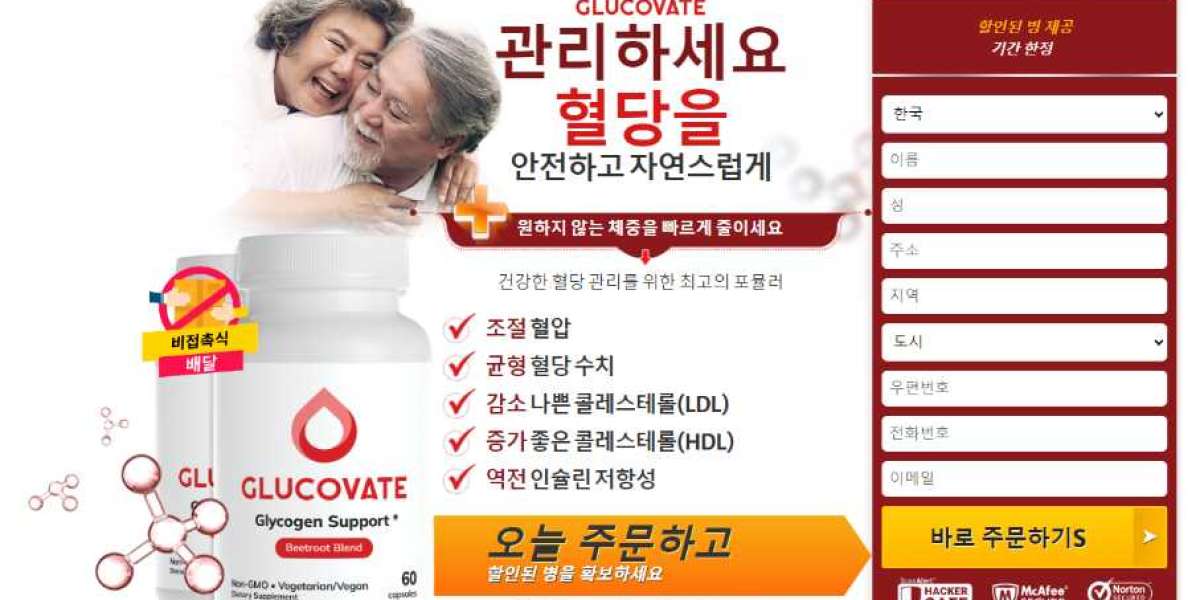The Priapus Shot (P-Shot) is a popular non-surgical treatment for erectile dysfunction (ED) and other sexual health issues. Utilizing Platelet-Rich Plasma (PRP) derived from the patient's own blood, the P-Shot aims to rejuvenate penile tissue, improve blood flow, and enhance sexual performance. While the procedure is generally considered safe and effective, like any medical treatment, it is essential to understand the potential risks involved before undergoing the procedure.
In this article, we will explore the benefits and risks associated with the P-Shot, helping you make an informed decision.
What is the P-Shot?
P-Shot Treatment Near Me Dubai is a relatively new treatment that involves the injection of PRP into the penis to stimulate tissue growth and improve blood circulation. The process begins by drawing a small amount of blood from the patient, which is then processed in a centrifuge to concentrate the platelets. The concentrated PRP is injected into specific areas of the penis. The theory behind this treatment is that the growth factors in the PRP can rejuvenate the tissue and improve overall sexual function.
Patients often seek the P-Shot for:
- Erectile dysfunction
- Improved sexual performance
- Penile size enhancement
- Increased sensitivity
While many men have reported positive outcomes, it’s essential to consider the potential risks.
Potential Risks of P-Shot Treatment
While the P-Shot is a minimally invasive procedure with a relatively low risk profile, it’s not without its potential side effects. Below are some of the risks associated with the treatment:
1. Pain and Discomfort at the Injection Site
The P-Shot involves multiple injections into the penile tissue, which can cause some pain or discomfort during and after the procedure. The level of discomfort varies from patient to patient, but most people report mild soreness or a slight burning sensation in the days following the treatment.
Tip: Some practitioners use numbing agents or local anesthesia to minimize discomfort during the procedure.
2. Swelling and Bruising
As with any injection-based procedure, there is a risk of swelling, bruising, or redness at the injection sites. This is typically temporary and should subside within a few days. However, excessive swelling or persistent bruising can be a sign of an adverse reaction or improper technique.
3. Infection
Although the P-Shot uses the patient's own blood, which reduces the risk of disease transmission, there is still a risk of infection anytime a needle breaks the skin. It is essential to ensure the procedure is performed in a sterile environment by a trained and experienced medical professional to minimize the risk of infection.
Tip: Be sure to ask the practitioner about their sterilization procedures and qualifications.
4. Painful Erections or Priapism
In rare cases, the P-Shot can cause priapism, a prolonged and painful erection that lasts for hours. Priapism can be a medical emergency and requires immediate treatment. The risk of priapism is very low but should be discussed with your healthcare provider before undergoing the procedure.
5. Scarring
Although the P-Shot is minimally invasive, there is still a potential risk of developing scar tissue at the injection sites. Scar tissue can impair the effectiveness of the treatment and, in rare cases, may cause discomfort during sexual activity.
6. Ineffectiveness or Unsatisfactory Results
One of the biggest risks of any elective procedure is the possibility of unsatisfactory results. Not every patient will experience the same level of improvement, and in some cases, the P-Shot may not yield significant benefits. Factors such as age, severity of erectile dysfunction, and overall health can impact the outcome of the treatment.
Tip: Discuss realistic expectations with your provider before scheduling the procedure.
Who Should Avoid the P-Shot?
While the P-Shot is generally safe for most men, it is not suitable for everyone. Here are some individuals who should avoid the treatment:
- Men with Active Infections: If you have an infection in or around the genital area, you should wait until it is fully resolved before considering the P-Shot.
- Men with Blood Disorders: Because the procedure involves using your own blood, individuals with blood clotting disorders or other serious medical conditions related to blood (like hemophilia) may not be ideal candidates.
- Men with Severe Penile Deformities: If you have a significant penile deformity or condition like Peyronie’s disease, the P-Shot may not be effective, and alternative treatments should be considered.
Always consult with a licensed medical professional to determine if the P-Shot is appropriate for you.
Minimizing Risks: How to Find the Right Provider
One of the best ways to minimize risks is by choosing an experienced and qualified practitioner. Here are some tips for finding the right provider:
- Research Credentials: Look for a healthcare provider who is trained in administering the P-Shot and has a track record of performing the procedure safely.
- Read Patient Reviews: Reviews and testimonials from previous patients can provide insight into the provider’s expertise and patient care.
- Ask About Sterilization Practices: Ensure that the medical facility follows proper hygiene and sterilization procedures to avoid infection risks.
- Consultation: During a consultation, a reputable provider will assess your health, discuss your goals, and provide a detailed explanation of the risks and benefits of the P-Shot.
Conclusion: Are the Risks Worth It?
The P-Shot can be an effective treatment for many men seeking to improve erectile function and overall sexual health. However, like any medical treatment, it’s important to weigh the potential risks and benefits. While side effects are typically mild and temporary, the possibility of complications—such as infection, priapism, or unsatisfactory results—should not be overlooked.
By choosing a skilled provider, managing expectations, and understanding the potential risks, you can make an informed decision about whether the P-Shot is the right choice for you.
If you’re considering the P-Shot, take the time to research, consult with a qualified healthcare provider, and ensure the treatment is tailored to your individual needs.
Key Takeaways:
- The P-Shot is generally safe but involves some risks such as pain, swelling, infection, and priapism.
- It’s important to choose a qualified provider to minimize complications.
- Not everyone is a candidate for the P-Shot, especially individuals with certain medical conditions.
- While the P-Shot can yield impressive results, it’s essential to have realistic expectations and discuss potential outcomes with your healthcare provider.
By being informed and prepared, you can ensure that the P-Shot is a safe and effective solution for improving your sexual health.














